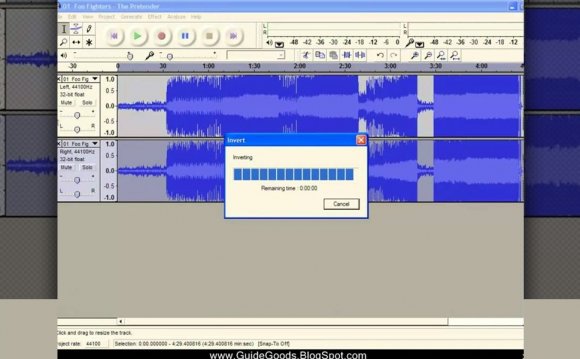
Unfortunately, in order to prevent routine impact from create delays, hardware groups often try to compress the style, evaluation, and mastering phases. Even worse, a course can enter “continuous create mode.” For equipment development this is really a terrible situation, with material and time continually spent building with the latest component changes. Both effects add threat to style and validation, and add tension to all the designers that are from the hook.
Hardware ‘iterates’ in parallel.
With reasonably few iterations in hardware development, major problems need to be settled by the next build maintain the schedule on course. But this explicitly violates the notion of ‘iteration’ - that one may take to one thing and, when it doesn’t work, decide to try the following point.
In Agile pc software development, back-up programs, bug repairs, etc. are scoped on an as-needed foundation. Specifically, this means function iterations are designed, built, and tested serially. Arrange B isn’t typically started until Arrange A has failed.
When problem-solving on a hardware build routine, but if program a doesn’t pan completely, you better have actually kicked down back-up programs B, C, and D currently. This adds additional energy towards the design period of every iteration (also to the build and test levels, too), therefore it’s vital that you comprehend which backup plans are worth buying.
Large and little businesses alike must be judicious about how exactly they allocate time and money to those backup programs. For critical problems, equipment organizations must decide between performing additional, unscheduled experiments for more information on a solution’s viability (which frequently presents delays) and spending the resources to start up several solutions in parallel.
Exactly what can hardware learn from computer software?
Every one of these differences when considering hardware and software development - long version time, a group development schedule, and parallel iteration - all stem from the long equipment build and test stages. The result is a hardware development plan with considerable energy used on preparation and a high susceptibility to delays.
So what can hardware engineers study on the field of computer software development? In a way, equipment development has already been becoming more “Agile” aided by the advent of inexpensive fast prototyping tools. These resources help fast version of an early idea, but the benefits try not to endure into later large-scale validation builds.
For these subsequent equipment development builds, we must decrease the iteration amount of time in different ways. Software engineers accelerate problem choosing and “failure analysis” with debugging resources and continuous integration, but as yet many hardware designers experienced absolutely nothing of type.
A system like Instrumental, but provides a picture like a debugger - a view into every unit during each state of construction that engineers can move right through to see in which things moved wrong. It can also help engineers detect dilemmas earlier on into the iteration process like a continuous integration tool, leaving more time to create and implement design changes with reduced chance of schedule slide.
To adhere to along as we share more info on how to improve the equipment development procedure, please subscribe below. Or, e mail us









